Online art sales topped £2.3bn in 2015, thanks in part to e-commerce platforms such as Paddle8 and Artsy, supported by venture capitalists and angel investors such as Google and other big-ticket financial backers.
The platforms are a world away from traditional galleries, where high-end art sales are the preserve of private shows and relationship-building. But the increase has been so noticeable that well-respected gallerists, who have historically made their fortunes through bricks-and-mortar shows, are taking note.
“I’ve been noticing an uptick in the volume of sales my gallery has made online,” says Stephen Bulger, founder of Stephen Bulger Gallery in Toronto, adding that these sales come from all over the world.
In fact, one British collector, who had seen an André Kertész picture consigned by Bulger’s gallery for a show at London’s Royal Academy of Arts, contacted him online and eventually bought a print for $20,000.
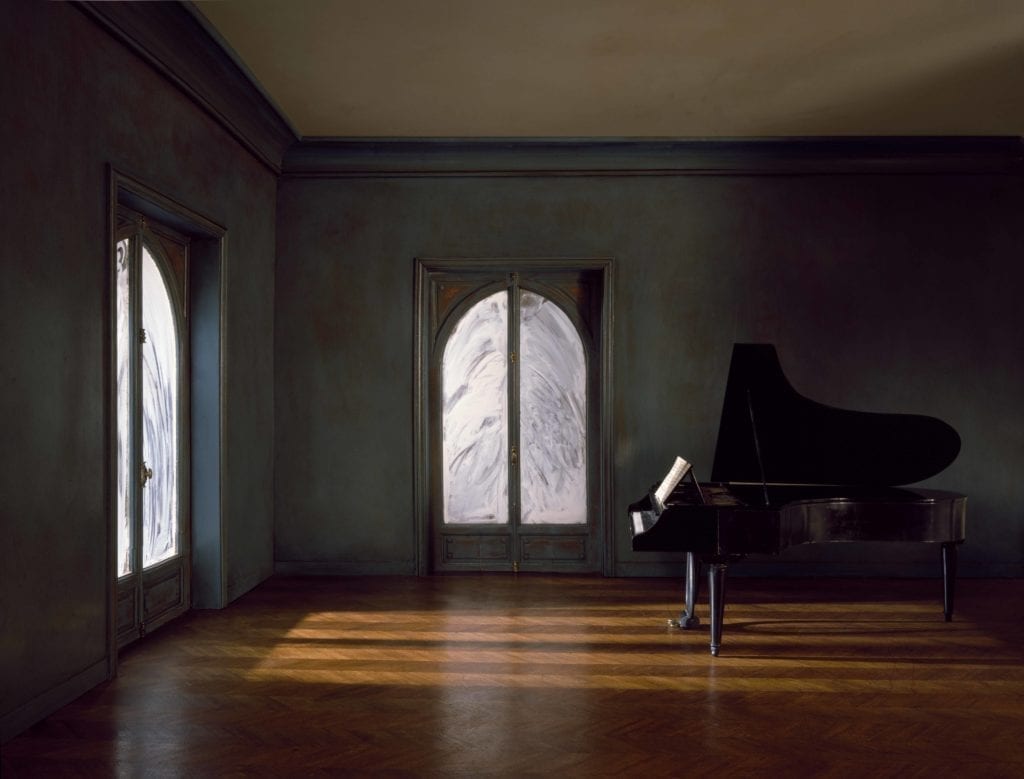
“I was discussing this with my colleagues [fellow gallerists] and a lot of them were dismissive of selling stuff online,” says Bulger.
Far from being put off, he suggested selling them on consignment. He’s also selling photographic works created by artists, as well as pieces by experimental filmmakers such as Clive Holden.
“A lot of dealers have a handful of artists that occasionally do a photograph, and they don’t know what to do with it,” says Bulger.
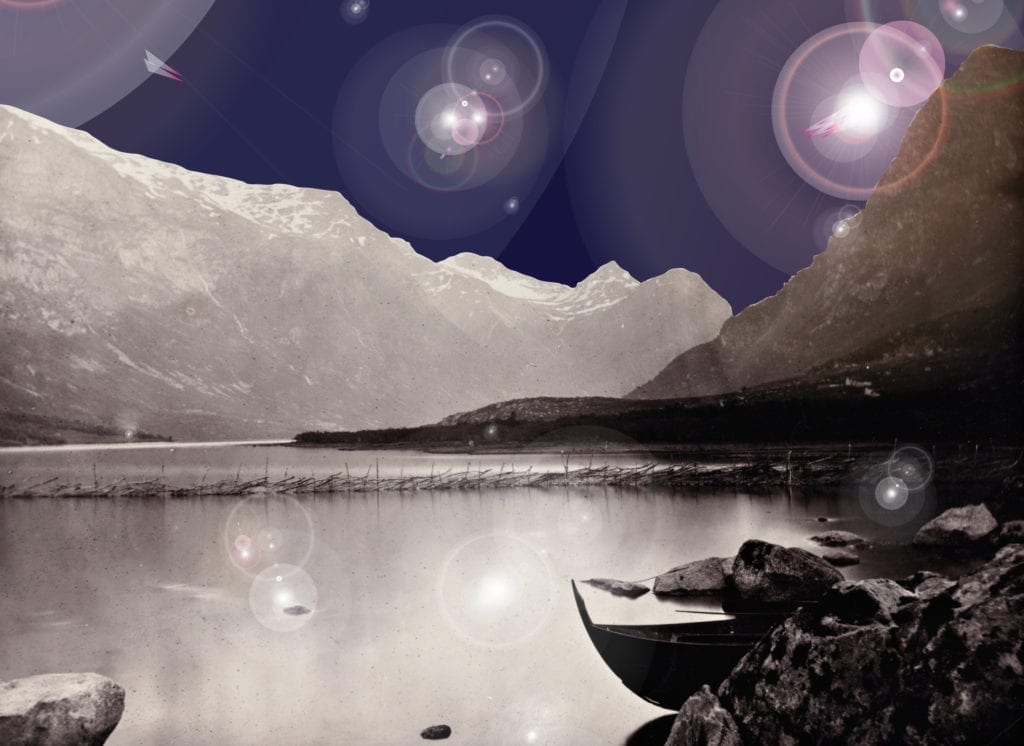
is sell photographs,” he says.
“A lot of people may assume that because it’s online, you can click a button and there will be hundreds of photographs,” but Bulger is selling unique works, such as a 1970s Kertész Polaroid.
And despite his high-value Kertész sale, he believes online sales will achieve lower price points, and that prints priced at $1000 will attract fewer takers. He takes a smaller commission than most auction houses, benefiting both the artist and the artist’s estate.
Limited crossover
Michael Hoppen, founder of the eponymous London gallery, which launched its online arm in April 2015, agrees with Bulger. “I don’t think there’s a market for people buying art online for many thousands,” he says.
“I sold a piece for £300,000 last year, but that doesn’t mean I do it every day.” Hoppen found that combining the physical and online gallery tends to attract different audiences.
For example, in Christmas 2015 he staged an online and in-gallery exhibition of Sammy Slabbinck’s work, in which the prints were sold in editions of six, starting at £600; there was little crossover between the physical and virtual buyer, yet 90 percent sold out.
“We’re trying to find out the mood of online [buyers] compared with people who actually want to go into a gallery,” he says.
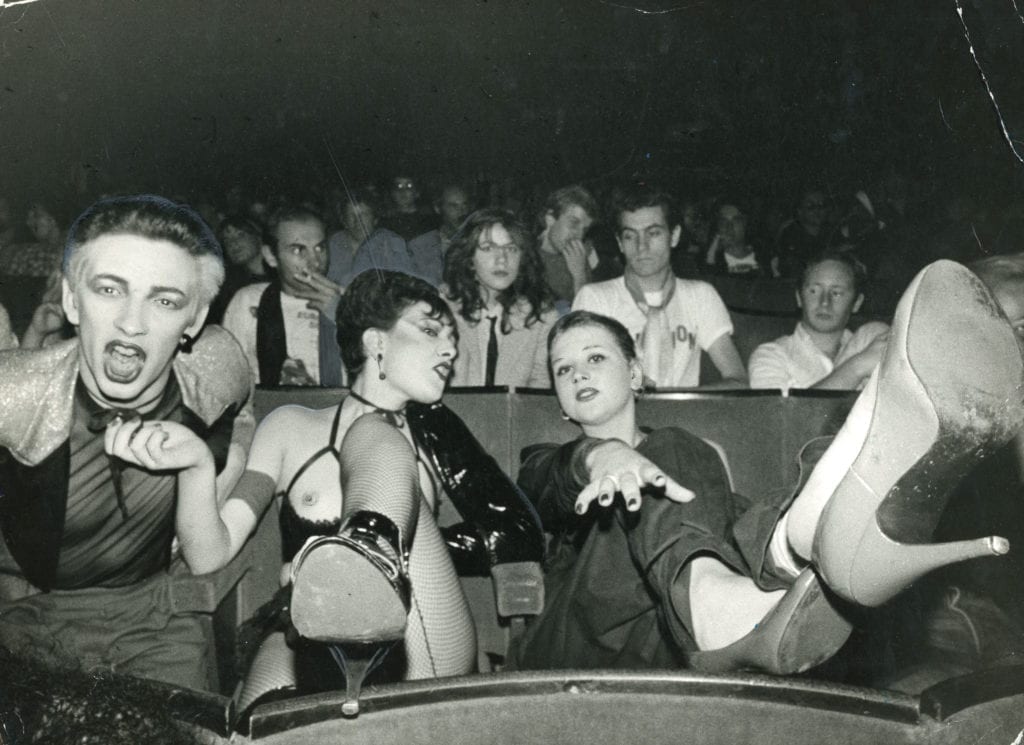
For him it’s about playing the long game, using accessibly priced online prints to attract twenty-something starter collectors with whom he can establish long-term relationships. As such, he says it’s essential to maintain quality, whether he’s selling prints online or in the gallery.
“We don’t want to make our younger buyers who are spending less money feel any less important than those buyers who are making larger purchases.” Interestingly, Hoppen’s online offering focuses on young image-makers, as well as younger collectors, giving him a place to bench test emerging talent.
This approach also appeals to established gallerist Isabella Brancolini, who co-founded the Brancolini Grimaldi gallery (now Grimaldi Gavin) in London, and editor Elizabeth Breiner, whose new site nineteensixtyeight focuses on cutting-edge work.
“We are working with new talent, and want to attract a crowd that’s interested in new, fresh photography,” says Brancolini. “In many cases I couldn’t even show the work [in a bricks-and-mortar gallery] because it was too young, and the cost of putting up a show was too great,” she notes.
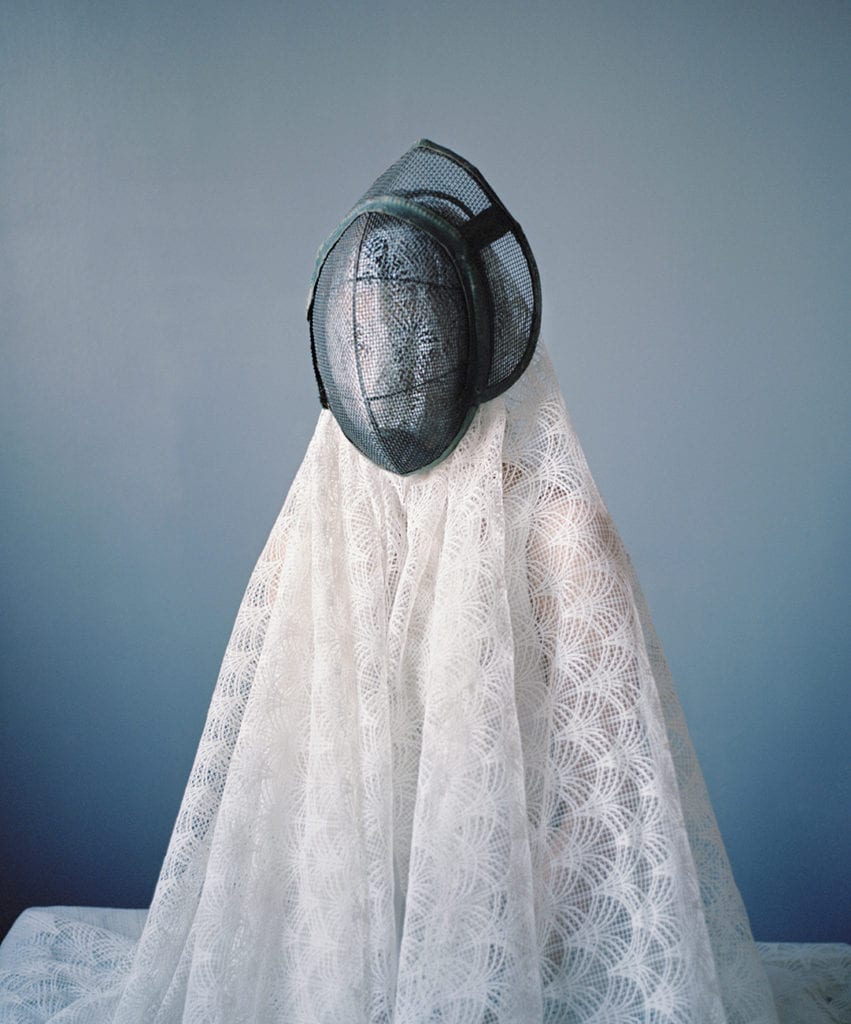
“The fluidity of the site, and the very fact that it’s online, gives us the flexibility to be constantly revising and updating the context of the images,” says Breiner, citing one such feature combining pictures taken in Turkey by photojournalist Guy Martin with a topical article.
The platform sells both new and pre- existing editions through its Shop section, and is open to accepting small non-exclusive editions, offering a larger cut for photographers than it could offline. Prices are moderate to encourage new collectors, with the highest currently pitched around £4500 for a 150×100.5cm framed print.
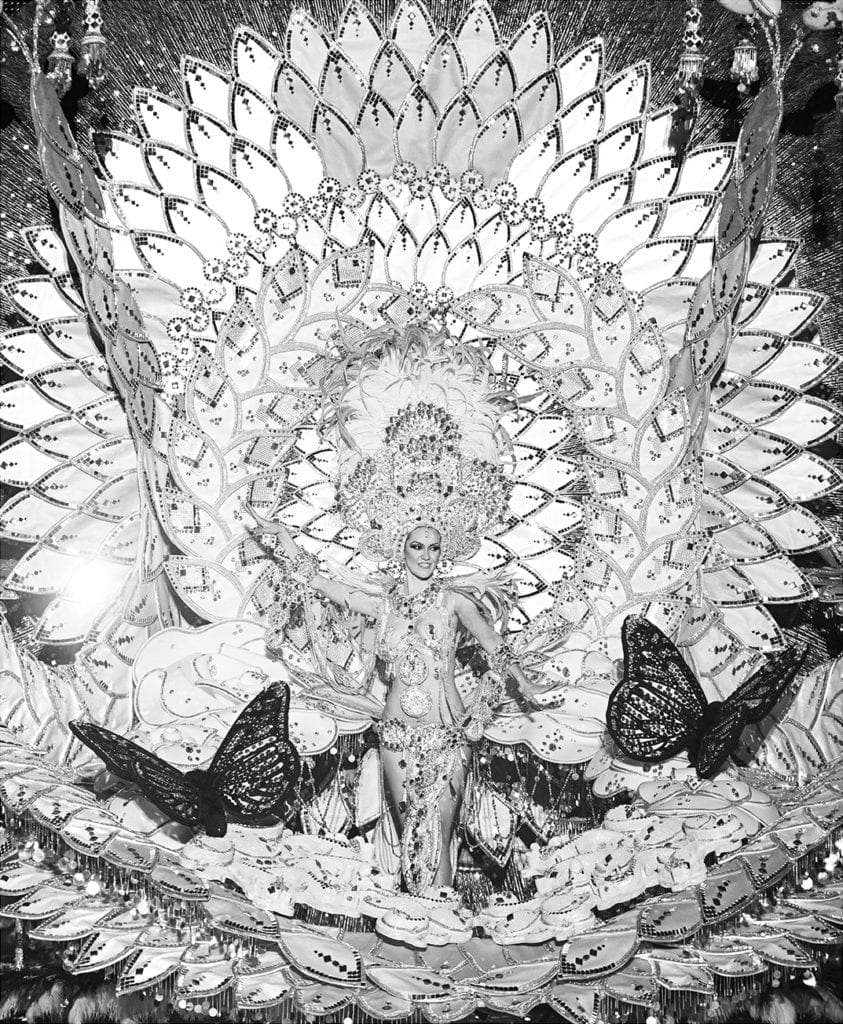
“I’ve been doing this for the past 20 years,” she says. “People know who I represent – Massimo Vitali, Larry Sultan – we are not new on the market.”
It’s a reputation that will serve these emerging photographers well, and the same can be said for Michael Hoppen, which has been a fixture on the scene since it opened in 1992. Stephen Bulger’s gallery was established in 1995, and although ffotoimage.com has gone its own way name- wise, Bulger also expects the connection with his gallery and name to give it a lift.
The Photographers’ Gallery in London, founded in 1971, is another established institution that has dipped its toe into the online gallery marketplace.
“We get half a million visitors a year, but many of our enquiries originate through the website,” says Anthony Hartley, print sales manager. “So it seemed natural to make some work available on a click-and-buy basis.”
Hartley has seen a significant bump in web traffic since the gallery’s site was redesigned a few years back, but says that online print sales are currently just an add-on to the main business.
The website sales consist exclusively of gallery editions donated by photographers, who are often not represented by the Print Sales Room but have shown work in the not-for-profit public gallery. These pieces are single images, sold in editions of 25 and all at the same price, rather than the usual offline model of much smaller runs that cost more as the edition sells out.
The Photographers’ Gallery’s online sales often go to overseas clients who can’t make it into the gallery, and naturally that’s the same for the other websites.
But where the Print Sales Room travels to art fairs, nineteensixtyeight has opted to avoid this kind of event.
“Given the amount you pay to participate in events of this kind, you can’t afford to take risks,” says Breiner, explaining that tight control of costs allows nineteensixtyeight to be more experimental with its choice of artists.
It’s a balancing act, though, and Brancolini is also offering work by more established artists such as Slim Aarons in a fenced-off ‘Privée’ section. The old-world skill of building personal relationships is still key, even in the brave new world of online sales.
“It’s very personal to our clients – we’re not Amazon,” says Brancolini. “Art is touchy-feely by its nature,” echoes Hoppen.
Taken from The Portrait Issue, October 2016. For more information, go here.
